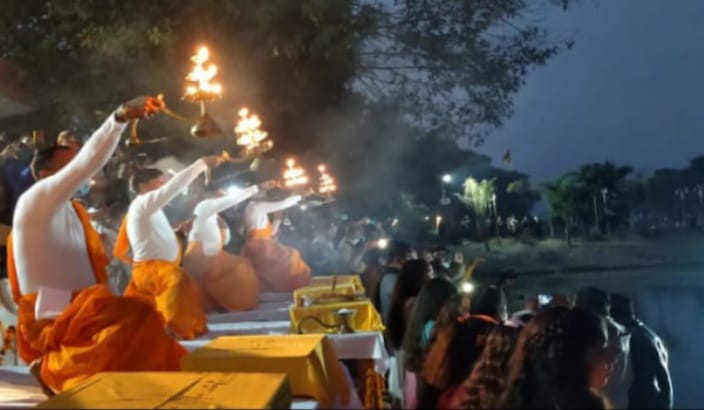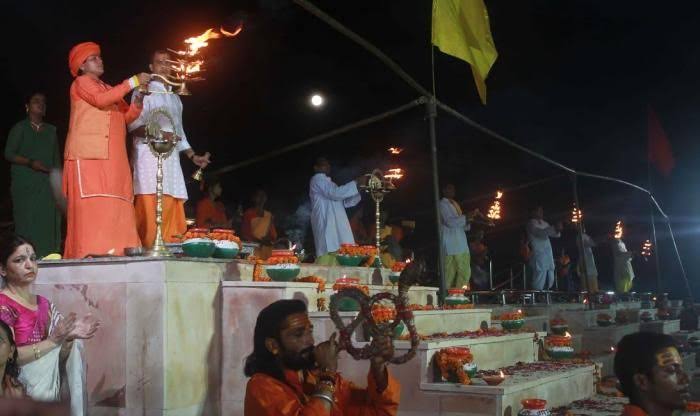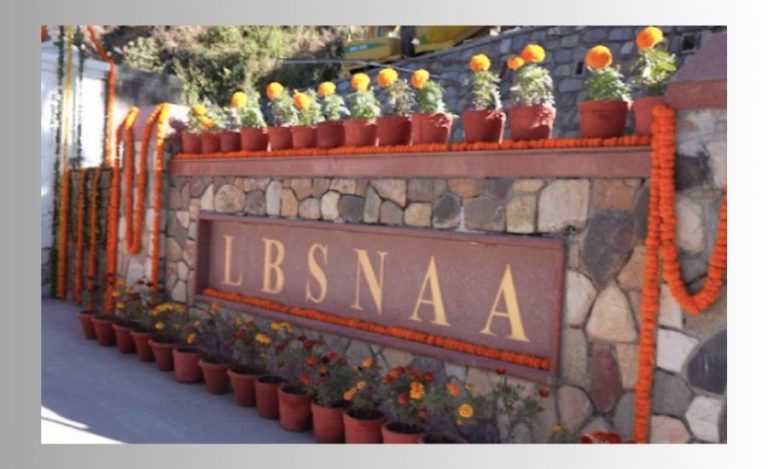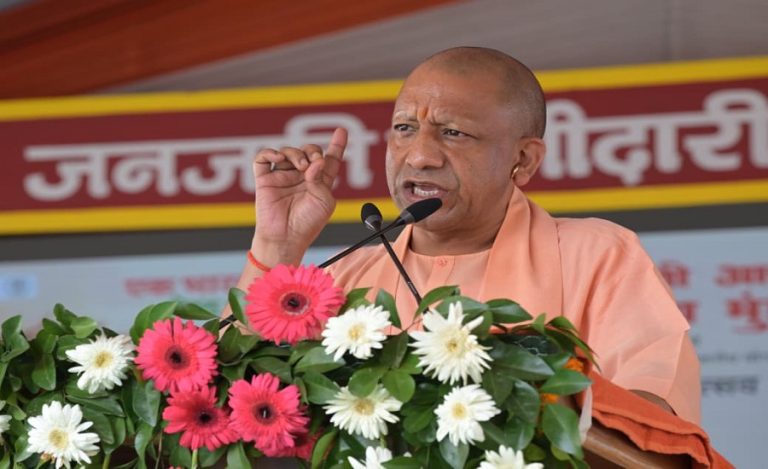Believed to be a divine river, Gomti is one of the many tributaries of the holy river Ganges. According to vedic text and Hindu mythology, this river is the daughter of Rishi Vashist, one of the Saptarishis. It flows through the capital of Uttar Pradesh, Lucknow. However, very few people know that the river originates from Madho Tanda, Pilibhit. There are some underground water pores that forms a lake called Gomat Taal or Fulhar Jheel, and this lake is where Gomti originates from. The current District Collector of Pilibhit, Mr. Pulkit Khare, has not only taken initiatives to develop the Gomti Udgam Sthal into a tourist spot but is also working towards keeping the pores in their natural condition.

SLEW OF TOURISM DEVELOPMENT MEASURES
In conversation with Indian Masterminds, Mr. Khare said, “Pilibhit is blessed naturally. While it is the home for India’s youngest tiger reserve, the pious Gomti river also originates from here. Since I came to the district, I have been focusing on its USPs – whether it is flutes, tiger reserve, or the river. We have enough to convert this place into a major tourist hub. We started developing the Udgam sthal with an idea to provide more visiting points for the tourist who comes to visit the reserve.”
After visiting the place, Mr. Khare sat down with his team to plan about things that can be added to the Udgam sthal to make it more attractive. According to the plan, a canteen has been built and boating has also started in the lake. A children zone with lots of rides and swing and even a mini zoo has also been built there.
The temple of Gomti Mata which is also situated near the origin point has been renovated. With the efforts of Mr. Khare, Gomti aarti is also performed every evening between 5-6 PM which has become a major attraction for people. “We called a team from Varanasi to train the locals to perform the aarti in the similar way as it is done on the Ghats of Varanasi,” Mr. Khare said.

He also mentioned that this initiative has generated employment opportunities for the people living in the nearby villages. The locals have started selling diyas and other items related to the aarti and many vendors have opened their shops around that place. Thus, this project has not only added beauty to the city but also provided livelihood to the local people.

A team from the zoological department is also working on a project here to maintain the natural state of pores as they frequently get clogged.
SHOP FOR GAUSHALA PRODUCTS
Mr. Khare and his team have been successful in opening the first shop in the state to sell Gaushala-based products which is run by the women of self-help groups. The team started with one shop and now there are eight such shops in the district.

There are 23 gaushalas in the district which are managed by the administration and the state government. Mr. Khare’s vision was to make these gaushalas self-sufficient and, also, generate some amount of money. So, his team first identified the women self-help groups in the villages where these gaushalas are situated. Then a team started training them for making products out of cow-dung and gaumutra. There is a huge demand for these products. The SHGs women make items like flower pots, diyas, idols of god and goddesses from these products.

Mr. Khare said, “When we made the teams of SHGs, we told them that they have to work for two hours in the gaushala. Whatever items they will make, they will get an outlet to sell it. People were already purchasing those items locally, so, we opened shops in the places where the footfalls are very high.”
The whole process from training to opening the first shop took around six months but it has certainly changed the lives of the women of the SHGs as they have become financially independent and self-reliant.

































